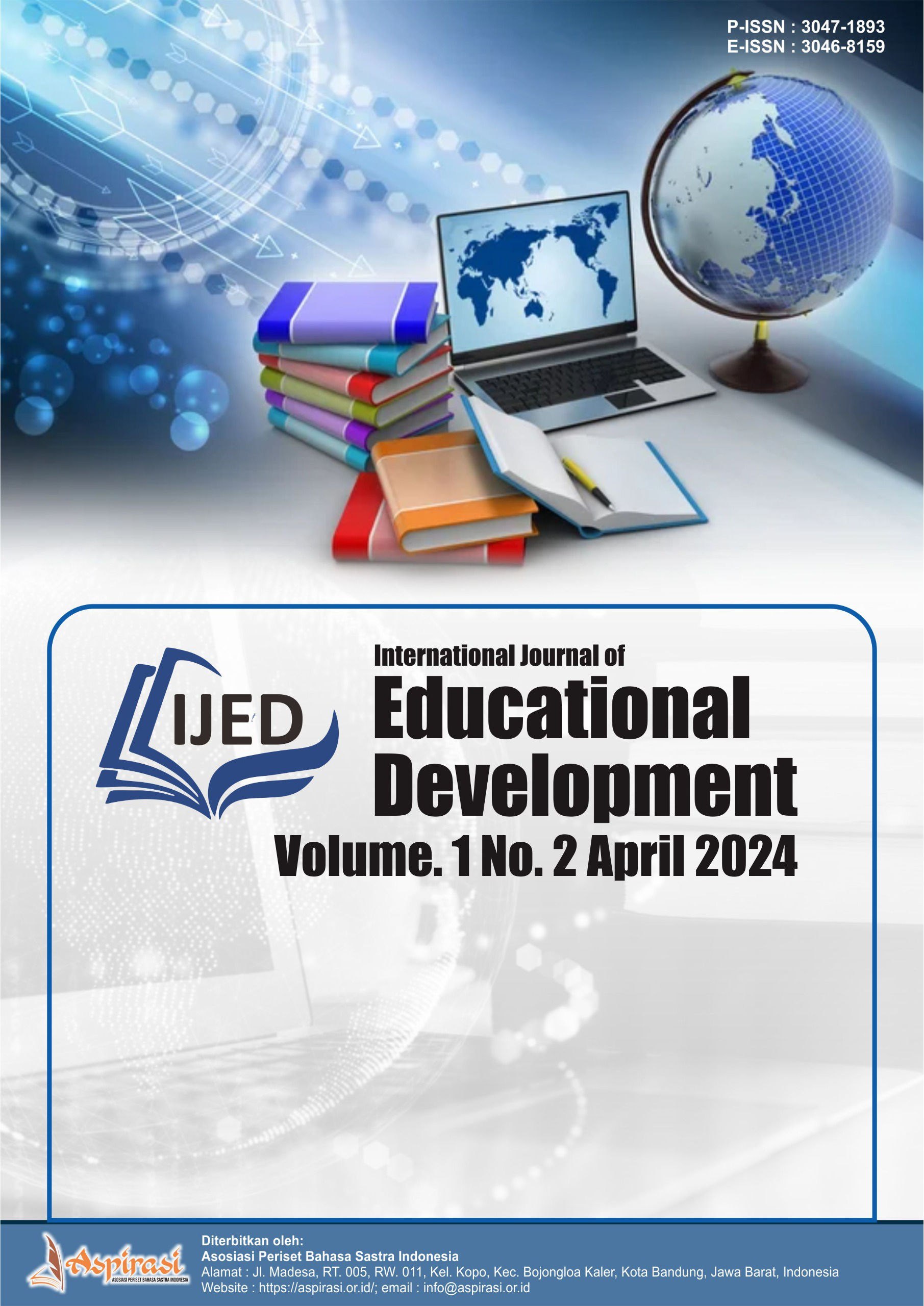Bridging The Gap: Aligning Transportation Education With Industry Demands In Indonesia
DOI:
https://doi.org/10.61132/ijed.v1i2.23Keywords:
Transportation education, Industry demands, Multimodal transportation, Curriculum relevance, Professional developmentAbstract
This research examines the alignment between transportation education at the Maritime Institute of Jakarta and industry demands in Indonesia, focusing on multimodal transportation. Through qualitative analysis of 50 cadets, the study reveals a strong emphasis on curriculum relevance and practical skills development. However, there are opportunities for improvement in areas such as technological integration, professional development, and industry exposure. Recommendations include enhancing technological integration, increasing industry exposure, strengthening professional development, improving curriculum relevance, fostering industry collaboration, enhancing practical skills development, and emphasising ethical and legal aspects. These recommendations aim to better prepare students for the dynamic and technology-driven nature of the transportation industry. Overall, this research highlights the importance of continuous improvement in transportation education to meet the evolving demands of the industry and contribute to the development of a skilled and competitive workforce in Indonesia.
References
Archibald, M. M., Ambagtsheer, R. C., Casey, M. G., & Lawless, M. (2019). Using zoom videoconferencing for qualitative data collection: Perceptions and experiences of researchers and participants. International Journal of Qualitative Methods, 18, 1–8. https://doi.org/10.1177/1609406919874596
Berg, H. P. (2013). Human factors and safety culture in maritime safety. Marine Navigation and Safety of Sea Transportation: STCW, Maritime Education and Training (MET), Human Resources and Crew Manning, Maritime Policy, Logistics and Economic Matters, 107, 107–115.
Bruton, M. J. (2021). Introduction to transportation planning. Routledge.
Bueger, C. (2015). What is maritime security? Marine Policy, 53, 159–164.
Chelliah, S. (2018). The design and implementation of documentation projects for spoken languages. In The Oxford Handbook of Endangered Languages (p. 147). Oxford University Press.
Cicek, K., Akyuz, E., & Celik, M. (2019). Future skills requirements analysis in maritime industry. Procedia Computer Science, 158, 270–274.
Efthymiou, E. (2023). Examining Teachers’ Perspectives on Equitable Digital Education. In Inclusive Phygital Learning Approaches and Strategies for Students With Special Needs (pp. 97–130). IGI Global. https://doi.org/10.4018/978-1-6684-8504-0.ch005
Lei, A., Cruickshank, H., Cao, Y., Asuquo, P., Ogah, C. P. A., & Sun, Z. (2017). Blockchain-based dynamic key management for heterogeneous intelligent transportation systems. IEEE Internet of Things Journal, 4(6), 1832–1843.
Meyer, M. D. (2016). Transportation planning handbook. John Wiley & Sons.
Pallis, P. L. (2017). Port risk management in container terminals. Transportation Research Procedia, 25, 4411–4421.
Vuchic, V. (2017). Transportation for livable cities. Routledge.
Willig, C. (2014). Interpretation and analysis. The SAGE Handbook of Qualitative Data Analysis, 481.
Yilmaz, K. (2013). Comparison of quantitative and qualitative research traditions: Epistemological, theoretical, and methodological differences. European Journal of Education, 48(2), 311–325.
Downloads
Published
How to Cite
Issue
Section
License
Copyright (c) 2024 International Journal of Educational Development

This work is licensed under a Creative Commons Attribution-ShareAlike 4.0 International License.





